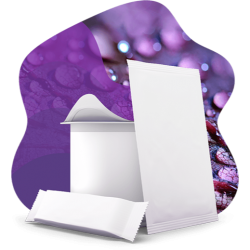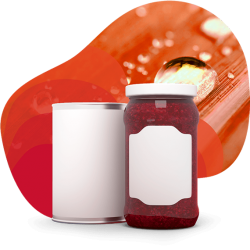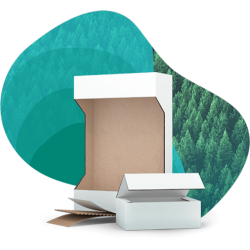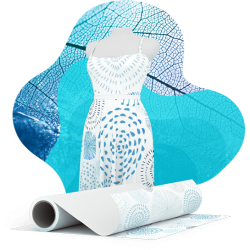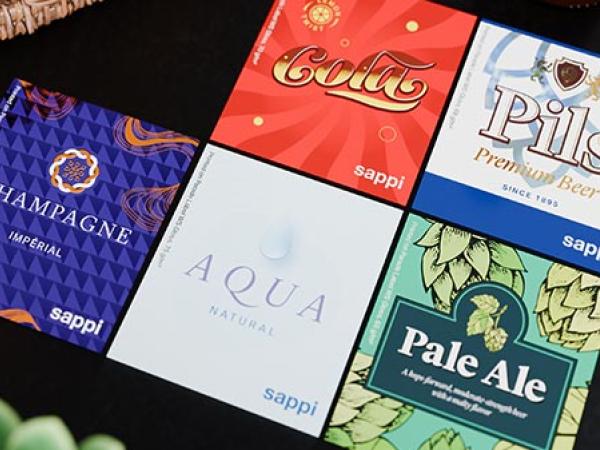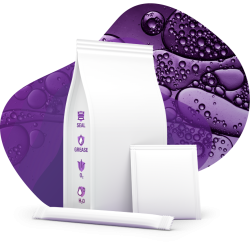
Paperboard - a natural decision (part 2 of 2)
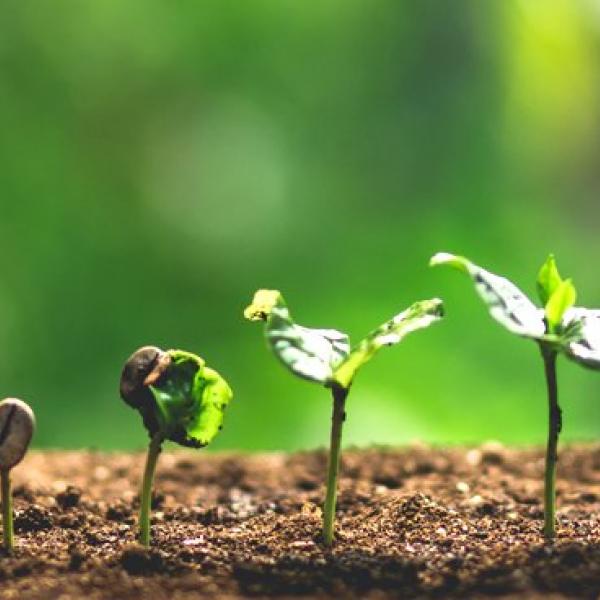
Consumers are increasingly paying close attention to the sustainability of product packaging and they clearly favor paper and paperboard.
From climate change to pollution of the oceans, the omnipresent environmental debate in the media has a steadily growing influence on customers' thinking and behavior. In a study by Coleman Parkes Research for Pro Carton e. V., for example, over two thirds (68 percent) of consumers from the core European markets of France, Germany, Italy, Poland, Spain, Britain, and Turkey indicated that eco-friendliness was an "important" or "very important" factor in their purchasing decisions. With this heightened environmental consciousness, their focus has long since expanded to take in not just the product, but also the packaging. Consumers today inform themselves specifically about the respective characteristics of different types of packaging – and they often name paper and paperboard as favored packaging materials. Persuasive facts support this preference.
Fact: paperboard helps in the fight against climate change
As countless consumers have become aware, paper, paperboard and cardboard have long been among the most-recycled materials throughout Europe. This results in significant benefits in the management of CO2 and in the continents overall ecological footprint. The European paper and paperboard industry additionally ensures that the forests used for the production of virgin wood fiber aren't diminished over time, but instead are being significantly expanded – by 44,000 square kilometers in the period from 2005 to 2015, for example. These forest lands contribute decisively to the natural reduction of CO2 in our atmosphere, through the process of photosynthesis. This benefit is complimented by the fact that on balance, since 1990, the European paper industry has lowered its own CO2 emissions by 45 percent per ton of paper produced.
Fact: paperboard packaging is attractive and makes a positive impression
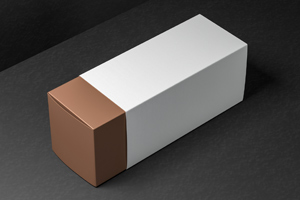
Product packaging today is expected not just to be sustainable, but also to present the product to best advantage at the point of sale. "Sturdy, well-designed packaging makes a strong first impression and increases the consumer's expectation of the product inside", says Roger Dooley, marketing journalist at the business journal "Forbes". "This expectation in turn influences how the consumer perceives the product itself. If the product likewise fulfills this high expectation, it always means a better experience for the purchaser".
High quality paperboard material, when aligned with exceptional packaging design, provides the perfect combination to encourage high expectations at the point of sale. The premium SBS paperboard, Algro Design, from Sappi, contains all of the necessary attributes to support this task. From its superb surface consistency, allowing a myriad of premium finishing options, to its outstanding printing properties that ensure first class visual impressions. When combined with the materials great forming and molding capacity, supporting sophisticated emboss and constructions, you have the perfect material to support a packaging designers creative approach to maximizing a consumers experience.
Fact: customers prefer paperboard packaging
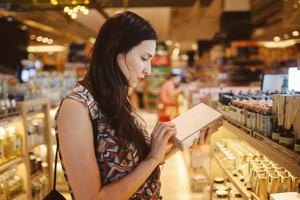
In 2018, the nonprofit initiative Two Sides surveyed consumers on their preferences in packaging materials. The result: 73 percent of respondents value paper and paperboard due to its high suitability for recycling, 64 percent for its use of the renewable resource cellulose and 78 percent because of its fast biodegradability. Paperboard packaging offers many further practical advantages as well and often remains attractive long after purchase: especially in the case of premium goods, buyers use the paperboard packaging for the long-term storage of the product.
The facts presented in this article were taken from the brochure "Paper packaging – the natural choice", which is published by Two Sides, an international nonprofit initiative dedicated to disseminating information about the environmental characteristics of print, paper, and paperboard products. Sappi supports the activities of Two Sides. More at www.twosides.info
